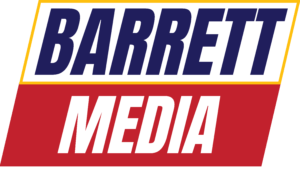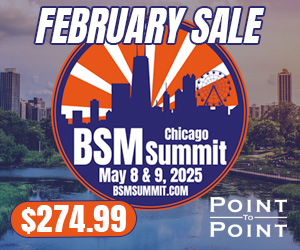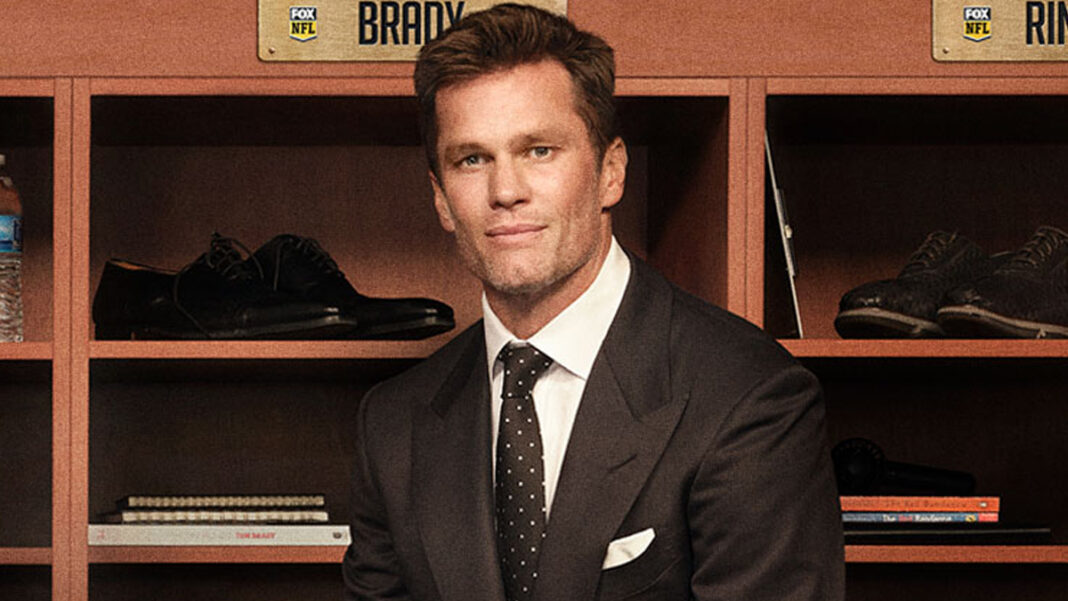I’ve spent an inordinate amount of time talking to researchers for our Digging Through Data series. And while a lot of time was spent discussing emerging platforms like YouTube or the rise of video podcasting, there was one avenue not really discussed all that frequently: Spotify. And I think that should change for the news/talk radio industry going forward.
I’ve pounded the table as much as anyone that if you’re not on YouTube in 2025, you don’t exist to people under the age of 35. While I recognize that most news/talk radio brands are worried about the 35-64 demographic, you should always be trying to attract new customers.
A company like McDonald’s doesn’t just simply say “We’ve got enough people buying hamburgers. We don’t need to get any more of them. These people will be buying forever.” No. They do everything in their power to attract younger customers so they have customers for life. News/talk radio doesn’t have that mindset, but I think needs it.
There are two data points that came out this week that cement the fact — in my mind — that the format needs to look at Spotify as a prioritized platform.
First, do you know how many monthly active users Spotify has? I would almost guarantee it’s more than you would ever guess. It’s 675 million worldwide. Nearly three-quarters of a billion people use the app on a monthly basis. Now, I’m not a rocket surgeon, but that sure seems like a lot of potential listeners to me. Of those 675 million worldwide users, 211 million buy the subscription service for Spotify. That’s 211 million users who are spending money on audio.
Are the majority of those users simply utilizing the app for ad-free music? Yeah. But through the end of 2024, 270 million users are watching video podcasts on the app. Again, a huge opportunity to put your content in front of people who are looking to consume. Look at it like the movie business: Do you know why movie companies buy advertising time for their trailers before a feature film? Because the people who are most likely to go see a movie in theaters are already in the theater. It’s a captive audience of their most likely customers. And that’s what Spotify is — or at least could be — to the news/talk radio world.
The other interesting data point that stood out to me came from The Record — the joint effort from Nielsen and Edison Research. It showed that news/talk radio dominated (my words, not theirs) the AM/FM radio world in the fourth quarter of 2024. The news/talk featured 12.7% of all listening from those 35 and older was with the genre during the quarter. In the 18+ category, news/talk radio accounted for 11.3% of all listening. 18-34? 3.9%. That’s a big drop-off.
You know who is using Spotify? Shockingly, it’s user base isn’t propped up by your Great Aunt Mildred. It’s 18-34 year olds. And who does the news/talk radio format desperately need to build in-roads with? 18-34 year olds! These dots aren’t difficult to connect.
Spoken word audio remains of big interest to every demographic. Podcasting is huge, as evidenced by all sorts of data points shared during our Digging Through Data series. Young people, old people, and everyone in between are consuming spoken word audio in massive amounts. And yet, it feels as if the news/talk radio sphere has missed the boat on the digital world. But it doesn’t mean it’s too late.
Most every radio show shares their content in podcast form. I’d argue, however, that it isn’t a podcast. That’s on-demand audio, and there’s a difference. Media employees are busier than ever, but even if a host and producer just take an hour a week to create podcast-specific content, you’re doing more than the average bear. Plus, it creates additional sales opportunities, allows hosts to stretch their figurative content legs, and maybe allows an avenue to talk about content that might not be of utmost importance to their radio audiences.
But that’s the thing. By taking the time to talk about topics that might be of interest to 18-34-year-olds, you’re guarding against a generational shift. You’re guarding against your audience aging out and eventually — not to be too morbid — literally dying out. Capture them when they’re young, and you’ve got a customer for life. It’s a tried and true method.
If the leaders of the format truly believe that “We’re not in the radio business, we’re in the content business,” like is so often espoused, you have to be platform agnostic. That means embracing different distribution avenues, which puts Spotify just behind YouTube and AM/FM radio as the best platforms to capture new listeners.
Everyone knows the news/talk radio format needs to something — anything — to attract younger audiences. It’s time to actually do something about it. Embrace on-demand, and specific podcasting opportunities, and prioritize platforms like YouTube and Spotify, and reach younger audiences. I doubt you’ll regret it.
Barrett Media produces daily content on the music, news, and sports media industries. To stay updated, sign up for our newsletters and get the latest information delivered straight to your inbox.

Garrett Searight is Barrett Media’s News Editor, which includes writing bi-weekly industry features and a weekly column. He has previously served as Program Director and Afternoon Co-Host on 93.1 The Fan in Lima, OH, and is the radio play-by-play voice of Northern Michigan University hockey. Reach out to him at Garrett@BarrettMedia.com.








